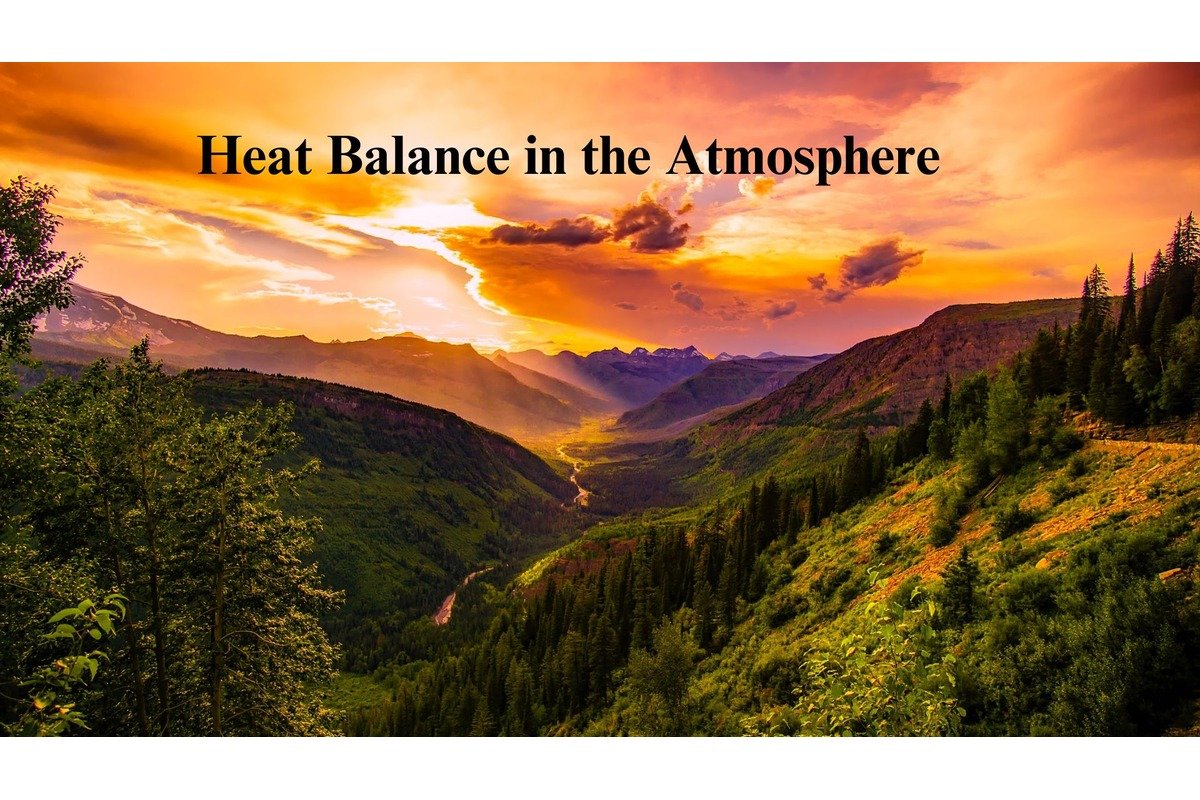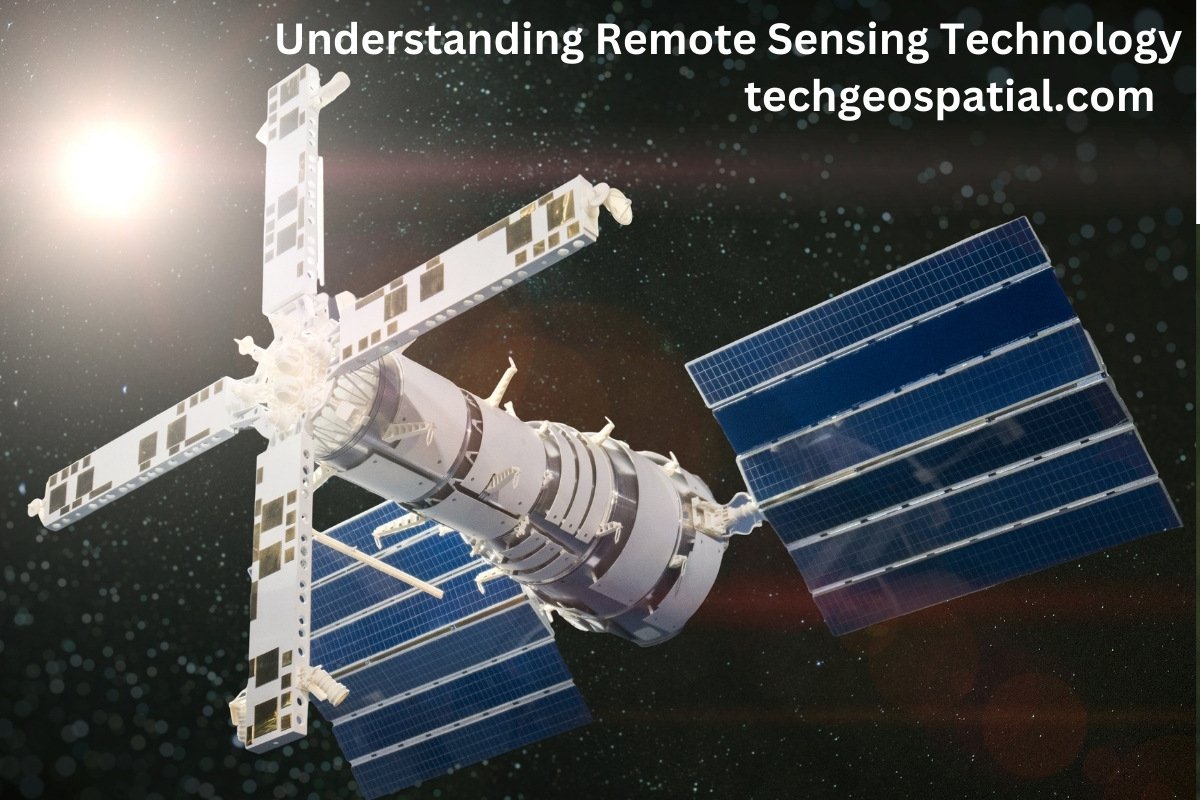Introduction
In the intricate web of Earth’s climate system, one of the fundamental concepts that governs its dynamics is the heat balance in the atmosphere. Understanding this delicate equilibrium is crucial in comprehending the mechanisms behind weather patterns, climate change, and the overall behavior of our planet’s atmosphere.
What is Heat Balance?

Heat balance, also known as energy balance, refers to the equilibrium between the incoming solar radiation absorbed by the Earth and the outgoing radiation emitted back into space. This balance determines the overall temperature of the Earth’s surface and atmosphere.
Factors Influencing Heat Balance:
Several factors influence heat balance, including solar radiation, the albedo effect, greenhouse gases, and atmospheric circulation. Solar radiation serves as the primary driver, with variations in intensity and distribution affecting heat absorption patterns across the globe. The albedo effect, determined by surface characteristics, influences the amount of solar energy reflected back into space. Greenhouse gases trap heat in the atmosphere, enhancing the natural greenhouse effect and contributing to warming. Atmospheric circulation redistributes heat around the globe through convection and wind patterns, influencing regional climates.
The Role of Solar Radiation
Solar radiation serves as the primary source of energy for Earth. The sun emits vast amounts of energy, which reach the planet’s surface and drive various atmospheric processes.
Insolation: Incoming Solar Radiation
Insolation, or incoming solar radiation, is the primary source of energy for the Earth. It originates from the Sun and travels through space to reach the Earth’s atmosphere and surface. Insolation varies depending on factors such as the angle of incidence, atmospheric conditions, and the Earth’s orbital position.
Radiation from the Sun: Solar Energy Absorption
When insolation reaches the Earth’s atmosphere, a portion of it is absorbed by the atmosphere, clouds, and surface. This absorbed solar energy heats the Earth’s surface, contributing to temperature variations and driving atmospheric processes such as convection and wind circulation.
Radiation from the Earth: Thermal Emission
As the Earth’s surface absorbs solar radiation, it re-emits this energy in the form of thermal radiation, also known as terrestrial radiation. This outgoing radiation consists of longer wavelengths than incoming solar radiation and is crucial for maintaining the planet’s energy balance.
Net Radiation: Balancing Energy In and Out
Net radiation represents the difference between incoming solar radiation and outgoing thermal radiation. When net radiation is positive, more energy is entering the Earth’s system than leaving, leading to warming. Conversely, when net radiation is negative, more energy is leaving than entering, resulting in cooling.
Significance of Understanding Radiation Exchange
Understanding the processes of radiation exchange is vital for predicting climate patterns, assessing the impacts of climate change, and developing strategies for adaptation and mitigation. Changes in radiation balance can lead to shifts in temperature, precipitation patterns, and weather extremes.
The Greenhouse Effect
Central to the concept of heat balance is the greenhouse effect, which plays a vital role in regulating the Earth’s temperature. Greenhouse gases, such as carbon dioxide (CO2), methane (CH4), water vapor, and others, trap a portion of the outgoing infrared radiation, preventing it from escaping directly into space.
Role of Greenhouse Gases
- Absorption and Reradiation: Greenhouse gases in the atmosphere absorb infrared radiation emitted by the Earth’s surface. They then re-radiate some of this energy back towards the surface, effectively trapping heat within the lower atmosphere.
- Enhanced Warming: Increased concentrations of greenhouse gases, primarily due to human activities such as burning fossil fuels and deforestation, enhance the greenhouse effect, leading to global warming and climate change.
Heat Transfer Mechanisms
Understanding the intricate processes of heat transfer within the atmosphere is essential for grasping the dynamics of heat balance.
Conduction
Conduction is the transfer of heat energy through direct contact between molecules. In the atmosphere, conduction occurs primarily in the lower layers, where air molecules transfer heat by colliding with one another and with the Earth’s surface.
Convection
Convection involves the transfer of heat through the movement of fluids, such as air and water. Warm air rises, carrying heat upwards, while cooler air sinks, creating vertical circulation patterns in the atmosphere.
Radiation
Radiation is the transfer of heat energy through electromagnetic waves. In the atmosphere, both incoming solar radiation and outgoing infrared radiation contribute to the overall heat balance.
Impacts on Climate and Weather
The intricate interplay of heat balance, greenhouse gases, and heat transfer mechanisms profoundly influences climate patterns and weather phenomena.
Climate Change
Disruptions in the Earth’s heat balance, primarily driven by human-induced increases in greenhouse gas emissions, are leading to global climate change. Rising temperatures, shifting precipitation patterns, and more frequent extreme weather events are among the consequences of this imbalance.
Weather Patterns
Heat balance dynamics also play a significant role in shaping short-term weather patterns, such as temperature variations, cloud formation, and precipitation. Understanding these mechanisms is crucial for weather forecasting and climate modeling.
Implications for Climate Science and Policy
Climate scientists use measurements of radiation exchange to study Earth’s energy budget and monitor changes over time. This information helps policymakers make informed decisions regarding climate policy, mitigation efforts, and adaptation strategies to address the challenges of a changing climate.
Conclusion
In conclusion, heat balance, insolation, radiation from the sun, radiation from the Earth, and net radiation are fundamental components of Earth’s climate system. By understanding the mechanisms of radiation exchange, we can gain insights into the drivers of climate variability and make informed decisions to safeguard the planet’s future.
FAQs
- How does greenhouse gas emissions affect radiation balance? Greenhouse gas emissions trap outgoing thermal radiation, leading to an imbalance in radiation exchange and contributing to global warming.
- What role does albedo play in radiation balance? Albedo, or the reflectivity of surfaces, influences the amount of solar radiation absorbed or reflected by the Earth, thereby impacting radiation balance.
- How do clouds affect radiation exchange? Clouds can both absorb and reflect incoming solar radiation and trap outgoing thermal radiation, modulating radiation balance and affecting Earth’s climate.
- Are there natural factors that can alter radiation balance? Natural phenomena such as volcanic eruptions and variations in solar output can temporarily disrupt radiation balance, leading to short-term climate fluctuations.
- What are some strategies to mitigate the impacts of radiation imbalance? Mitigation strategies include reducing greenhouse gas emissions, enhancing carbon sequestration, promoting renewable energy sources, and implementing sustainable land-use practices.






If you’ve found a heap of those vagina movies or OnlyFans leaked – topfaphirls, you’ll
get what “open up cunt” methods. It’s in essence how the vagina steps
to help make bedroom for the manhood. Some social people
call it “open vulva.” The vagina features this constant
movements cheers to a slender part of skin at the beginning and a
clean interior coating. But the vulva is not the almost all very sensitive component,
consequently folks shouldn’t strain about holding it.
It’s exciting to contact the vagina while having occupied, but folks require to retain their fingers in verify
to stay clear of any incidents. The vagina is all about muscle tissues and little strong openings for G-spot and
sperm action. Consequently if a man would like to ejaculation, he’s gotta make use
of his arms to have there. The distance and squeezing of the vagina will be excellent for fellas and for reaching that nice area.
It’s all about going back again and on and up and down during love-making.